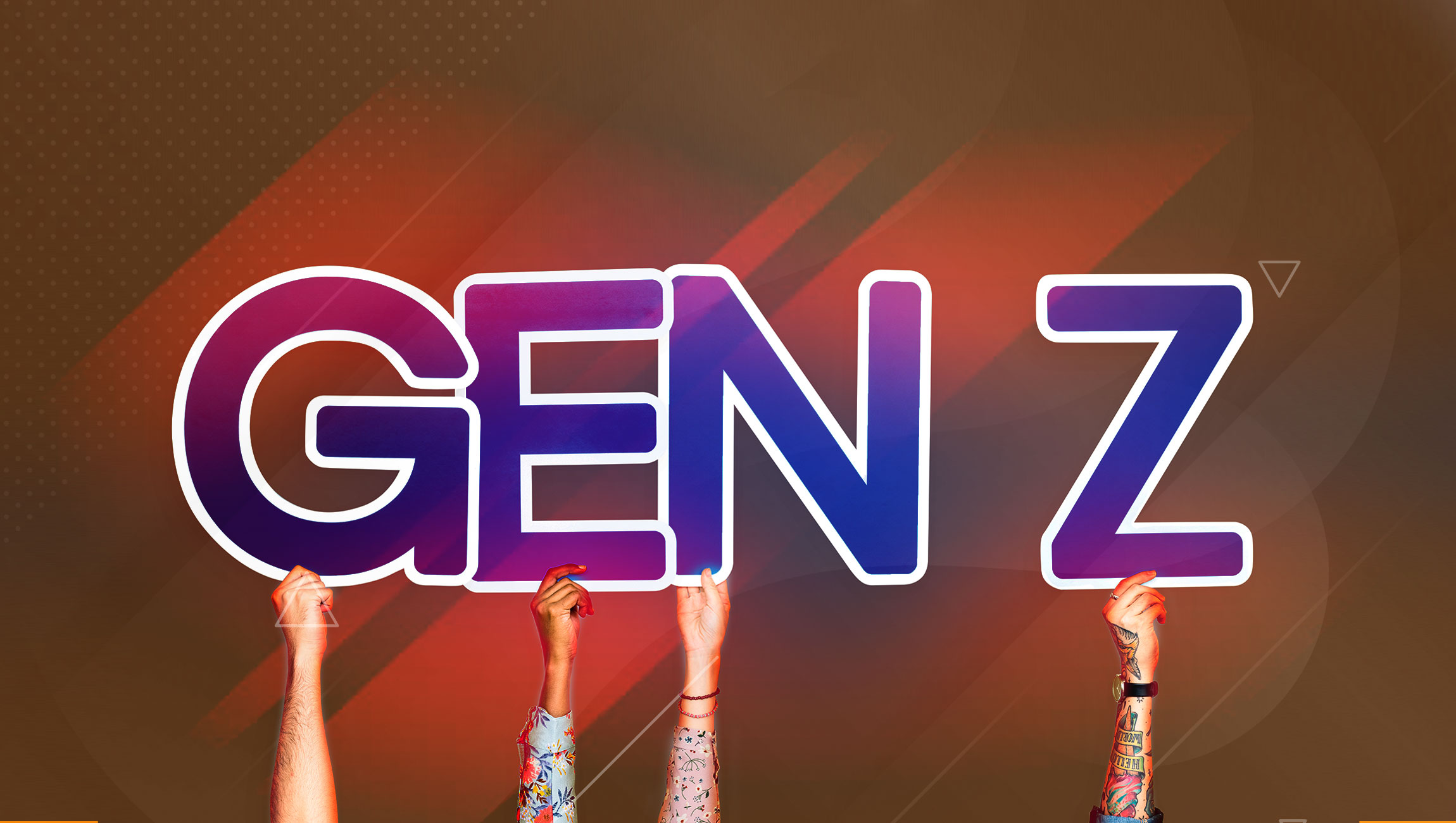The Big Game continues to be the go-to venue for the world’s top brands to spar against each other for the public’s attention. Year after year, we’re blasted with 30-second, multi-million-dollar ads that not only seek to thrill, inspire, entertain and delight — but imprint themselves on our psyches. In the same way, NFL teams see the Super Bowl as the final test of the gridiron, brands and agencies see it as a winner-takes-all competition of television salesmanship. Gen Z is expected to account for 40 percent of all customers this year, and brands are looking to change their messaging and formats to cater to these new audiences’ preferences and make their brand relevant in their daily lives.
Approach your Marketing from a “human-first” lens and remember that it’s people on the other side of the screen, not data segments.
As digital natives, this demographic is unique in that they have never known life without digital technology. Smartphones and social media are not new, or innovative, they’re simply life. So much so, that brands should transform the way they communicate, connect and market to one of the fastest-growing consumer markets in the world, leveraging digital integrations on social platforms that currently have their attention—like YouTube or Instagram—rather than spending an astronomical amount on a TV spot that they likely won’t watch beyond a fleeting moment.
Read more: A Crash Course in Gen Z’s Obsession with Creator-Driven, Influencer-Heavy Streaming Content
Relevance Is Key: Communicate Your Message Through the Right Channel
We’ve learned that Gen Z has an attention span of only eight seconds and thus, it’s important as marketers to efficiently bring brand stories to this cohort. Sixty-nine percent of Gen Z find TV ads to be disruptive (and not in that feel-good way that our industry speaks about at conferences). The fact is that this generation is empowered with choice. They decide what they watch, when they watch it and if they come back. No targeting, trickery or clever placement of the CTA can change this. This and the hefty price tag of ad space for the Big Game appears to have forced brands and advertisers alike to reconsider where and how they are spending their ad dollars.
While they still interact with content that millennials like—e.g. articles, podcasts, and video — Gen Z wants more from brands, specifically on social media. Gen Z grew up with YouTube as their TV, and as it turns out, it is still the favored platform of the generation. A generation that doesn’t look at celebrity the same way as those prior and values unapologetic realness and relatability. Partner with culturally relevant content creators on platforms like YouTube, Instagram and TikTok and you will cut through the noise and capture their hearts. Approach your Marketing from a “human-first” lens and remember that it’s people on the other side of the screen, not data segments.
Dedicate Commitment Beyond Traditional Ad Placements
In an age when Super Bowl watchers are splitting their attention between the game and social media, attracting the internet has become more important than creating a 30-second TV spot. This helps explain why every year, Super Bowl “commercials” look less and less like traditional advertisements and more like continuous, sponsored campaigns that have a longer shelf life on the web and in social.
Sponsored content is most effective when your brand partners with content creators and digital platforms who authentically understand your core audience. These creators and outlets already discuss topics that align with your brand and that you actively see audiences eating up. To take this a step further, marketers should stand for a genuine cause, have a clear mission and represent it consistently both through campaign work and through action.
A recent example is the UPROXX and Coors’ Warriors of the West campaign. The two brands helped shine a light into the unsung wildland firefighting community through digital and video content created for both the small and big screen. This is one example where a brand invested in content that was both impactful and optimized for the platforms Gen Z actively connects with to prompt brand engagement. This campaign reached 5M impressions online thus far and is built with the flexibility to move into other prominent platforms in the future.
Instead of considering it an advertisement, audiences should come away from your sponsored content feeling like they’ve learned something thought-provoking and new that’s relevant in today’s culture. In turn, this will help make your brand look more credible, memorable and reliable and relevant to their life.
Create Personalized Experiences To Break Through Digital Clutter
Fifty-eight percent of Gen Z said they’d pay a premium to purchase products and services that are personalized and highlight their identity. We’re moving into an era where customers expect to receive personalized ads based on products that they want (or should want) on the platforms they interact with.
Projecting authenticity and humanity through your marketing efforts will help create that one-on-one connection Gen Z customers crave. Give them tailored recommendations, remember their preferences and introduce them to experiences you think they’ll care about. One example of this was Tostitos’ 2018 stint, which offered a platform to customize invitations for Super Bowl parties leading up to the game alongside Alfonso Ribeiro (who played Carlton on “The Fresh Prince of Bel-Air”). Companies that steer away from generalized, hard-selling techniques to instead effectively reach their audiences and “delight” them, will ultimately leave a lasting impression.
Final Thoughts
Gen Z is unique. They’re determined, they are culturally aware and they like what they like. They expect instantaneous, continuous access to brands and products and they’re only going to give attention to the brands that make an effort. This demographic is open-minded and adaptable, and they expect brands to be that way, too.
Read more: Future of Brand Marketing: How to Acquire Gen Z Customers in 2020-2025











